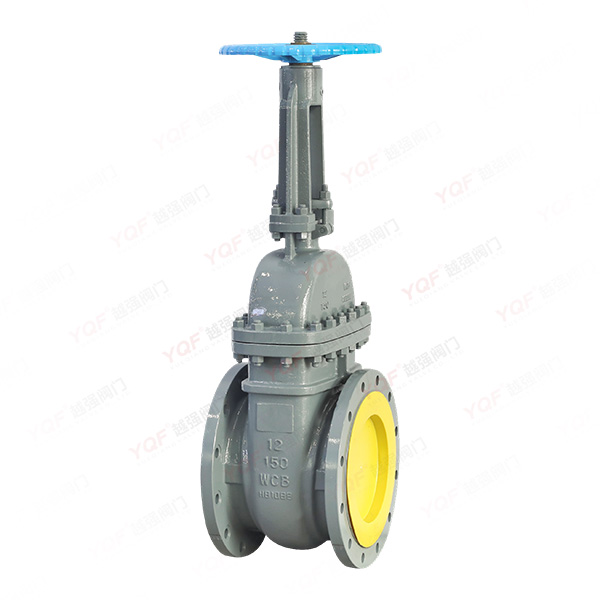Industry information
Industry
Industry information
Industry


Valves are widely used in various industries of industrial production and daily life, and are essential devices for domestic water pipelines and industrial fluid pipelines. Valves play a crucial role in everything from household water pipelines to the Three Gorges Dam, Qinshan Nuclear Power Plant, and even the Shenzhou series spacecraft and space stations in space. According to data, in a 1 million kilowatt nuclear power plant, the value of valves accounts for 5% to 10% of the total investment of the nuclear power plant, and the cost of later valve maintenance accounts for 50% of the maintenance cost of the nuclear power plant, indicating the importance of valves.
Valves have a wide range of applications and a wide variety of types. With the increasing difficulty of valve classification, how to choose and judge has become a major challenge; In order to help customers who come for consultation better understand valve products, Yongsheng will briefly classify common valves:
The types of valves are classified according to the actual working conditions on site, and some are selected by the manufacturer themselves and used for different purposes and principles under special circumstances.
There are generally two categories: automatic valves, which rely on the ability of the medium (liquid, gas) to operate on its own, such as regulating valves, pressure reducing valves, etc; Drive valves are valves that are operated manually, electrically, hydraulically, or pneumatically, such as butterfly valves, ball valves, etc.
There are several methods for classifying valves, including the following:
1、 According to the driving method, it can be divided into:
1. Electric: driven by an electric motor or other electrical device.
2. Hydraulic: driven by (water, oil).
3. Pneumatic: Using compressed air to drive valve opening and closing.
2、 According to the connection method of the valve
1. Flange valve: The valve body is equipped with a flange and connected by a flange
2. Threaded valve: The valve body has internal or external threads
3. Welded valve: The valve body has a welded joint and is connected by welding
4. Clamp valve: The valve body has a clamp mouth and is connected using clamps
5. Card sleeve valve: connected to the pipeline using a card sleeve
3、 According to their different purposes, valves can be divided into:
1. Disconnecting function: used to connect or disconnect pipeline media, such as ball valves, butterfly valves, etc.
2. Regulating: Used to regulate the pressure and flow rate of a medium, such as regulating valves and pressure reducing valves.
4. Distribution purpose: Used to change the flow direction and distribute media, such as three-way plugs, distribution valves, slide valves, etc.
5. Other special purposes: such as vent valves, drain valves, etc.
4、 According to the nominal pressure of the valve
1. Vacuum valve: less than atmospheric pressure, i.e. pressure<0.1MPa
2. Low pressure valve: nominal pressure PN ≤ 1.6MPa
3. Medium pressure valve: nominal pressure PN2.5-6.4MPa
4. High pressure valve: nominal pressure PN10.0-80.0MPa
5. Ultra high pressure valve: nominal pressure PN ≥ 100.0MPa
5、 According to the operating temperature of the valve
1. Room temperature valve: suitable for medium temperature -40 425 ℃
2. High temperature valve: suitable for medium temperature of 425 600 ℃
3. Ultra high temperature valve: suitable for medium temperatures above 600 ℃
4. Low temperature valve: suitable for medium temperatures ranging from -40 ℃ to 150 ℃
5. Ultra low temperature valve: suitable for medium temperatures below -150 ℃
6、 According to the nominal diameter of the valve
1. Micro valve: nominal diameter DN1-10mm
2. Small caliber valve: nominal diameter DN<40mm
3. Medium caliber valve: nominal diameter DN50-300mm
4. Large diameter valve: nominal diameter DN350-1200mm
5. Extra large diameter valve: nominal diameter DN ≥ 1400mm
7、 According to the structural characteristics, it can be divided into:
1. Cut off valve shape: The closing component moves along the center of the valve seat.
2. Cock and ball: The closing component is a plunger or ball that rotates around its own centerline.
3. Spiral opening shape: The closing element rotates around the axis outside the valve seat.
4. Disc shaped: A circular disc of a closure that rotates around an axis inside the valve seat.
5. Slide valve shape: The closing element slides in a direction perpendicular to the channel.